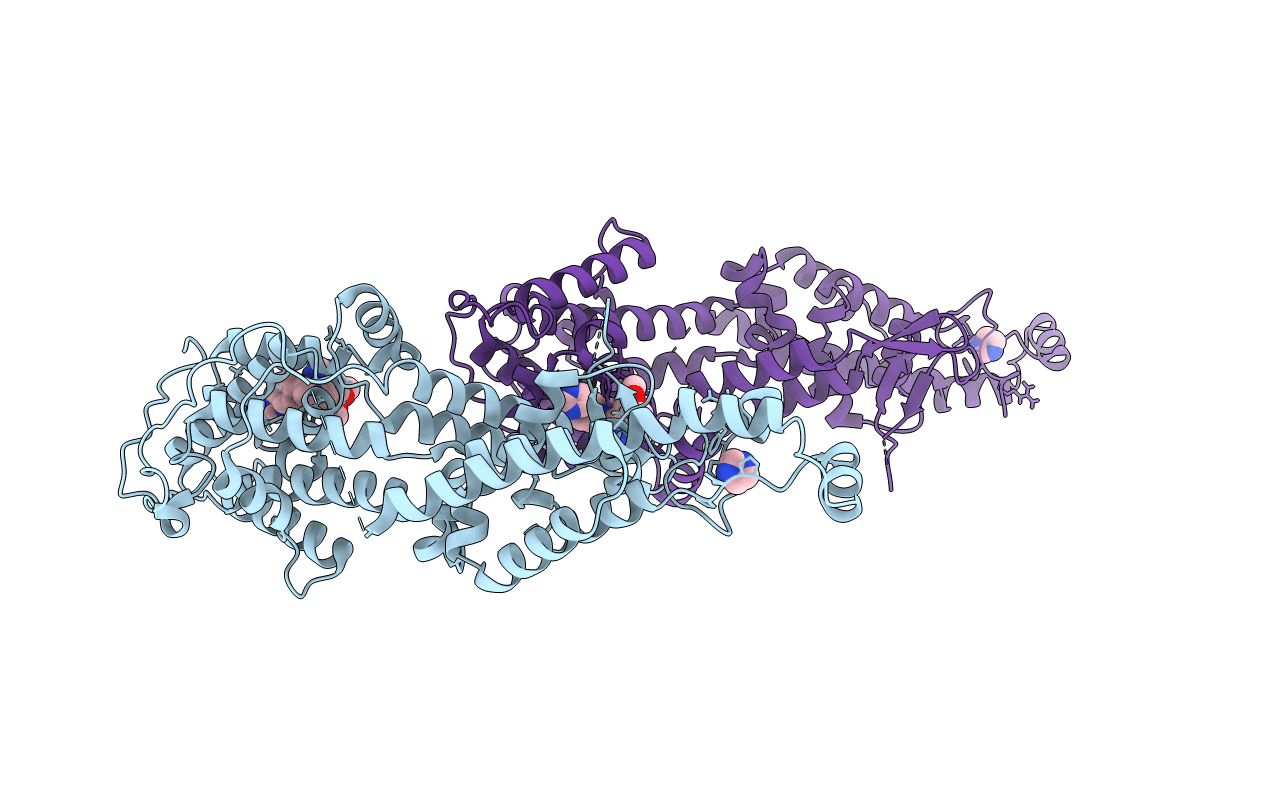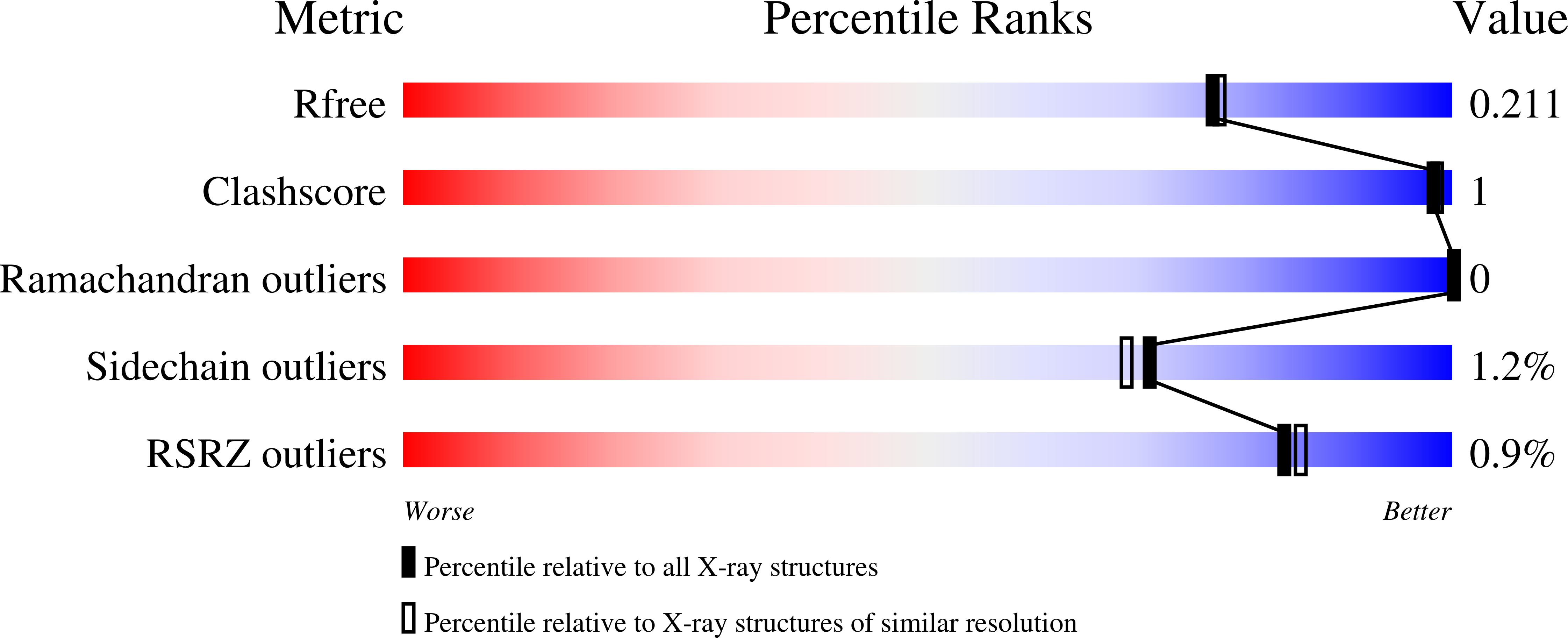
Deposition Date
2019-08-02
Release Date
2020-08-26
Last Version Date
2024-05-01
Method Details:
Experimental Method:
Resolution:
1.92 Å
R-Value Free:
0.24
R-Value Work:
0.19
R-Value Observed:
0.2
Space Group:
P 1 21 1


